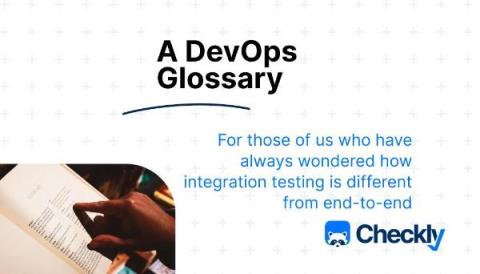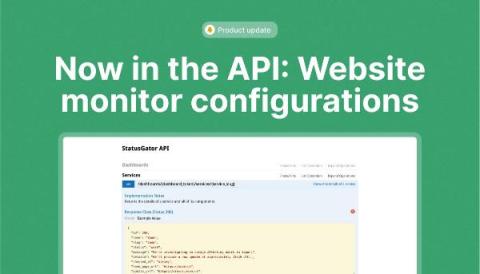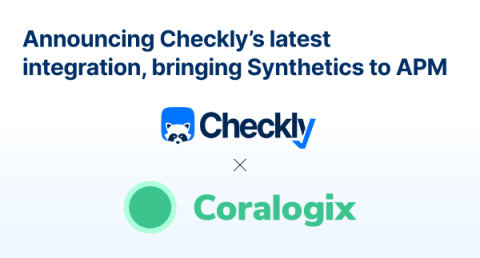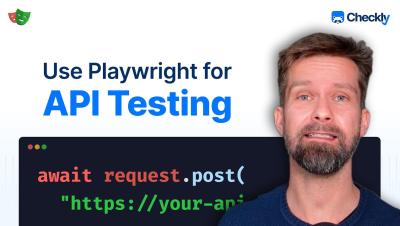IaC? CI? Shift Left? What do they really mean? - A DevOps Glossary
Look, we've all been there: there's a term, you've heard it one hundred times. You've nodded as others said it in meetings. And now, you've started to say it. The only tiny insignificant problem is that you're not 100% sure what it actually means or how it's different from another similar term. I feel you. So I wrote this DevOps glossary with my highly opinionated definitions of common DevOps industry terms.











